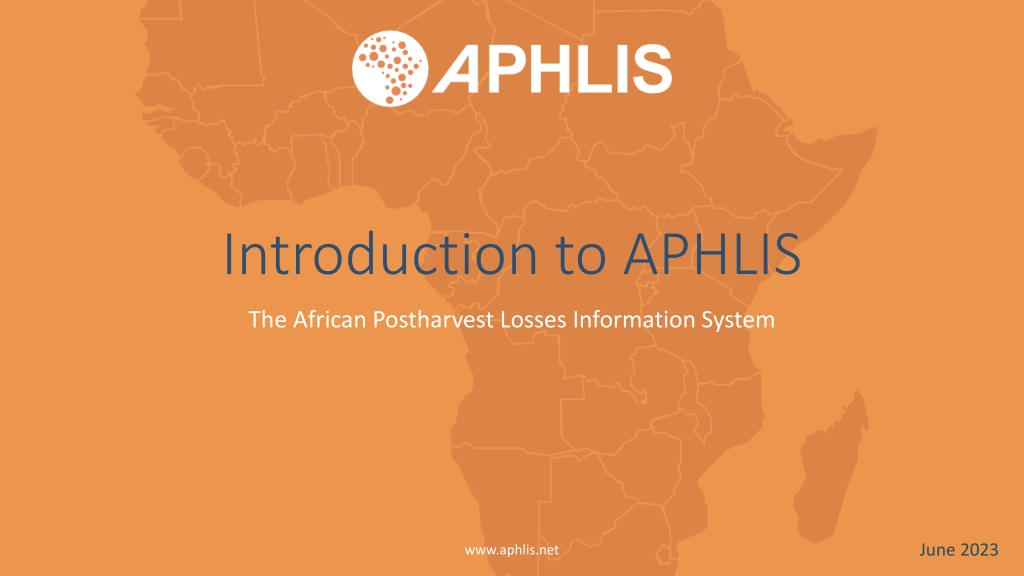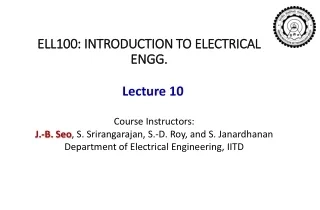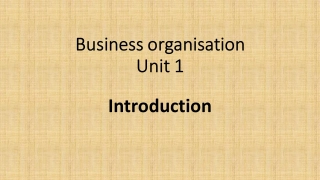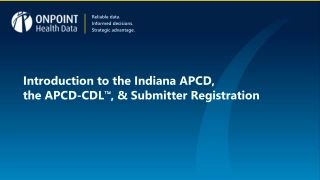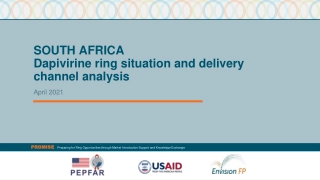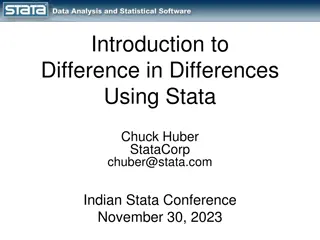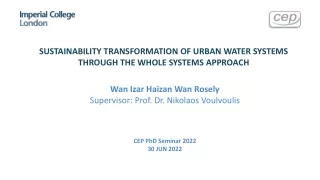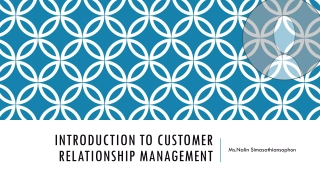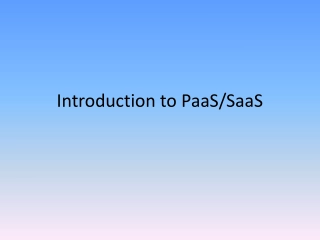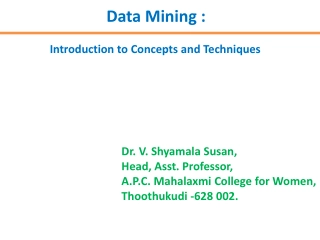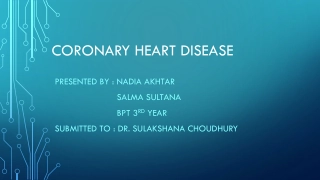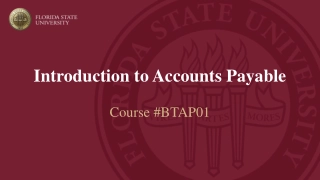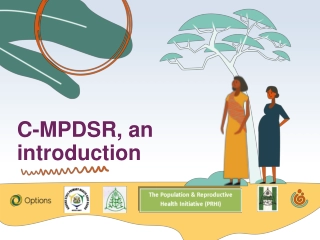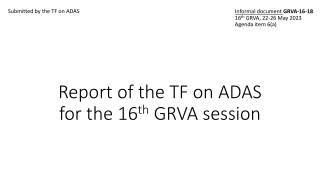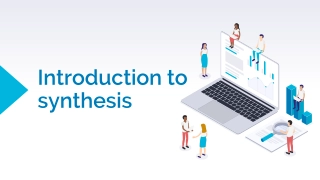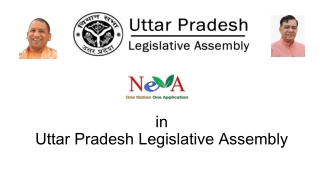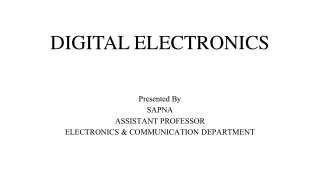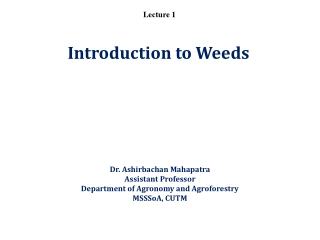Introduction to APHLIS
APHLIS, the African Postharvest Losses Information System, highlights the significant postharvest losses in Africa, occurring at various points in the value chain from harvesting to market storage. These losses, ranging from 30-50% of crop production, have detrimental consequences such as food insecurity, reduced food quality, wasted resources, and income reduction. Addressing postharvest losses is crucial to ensure food security, economic stability, and environmental sustainability in Africa.
Download Presentation
Please find below an Image/Link to download the presentation.
The content on the website is provided AS IS for your information and personal use only. It may not be sold, licensed, or shared on other websites without obtaining consent from the author. Download presentation by click this link. If you encounter any issues during the download, it is possible that the publisher has removed the file from their server.
Presentation Transcript
Introduction to APHLIS The African Postharvest Losses Information System June 2023 www.aphlis.net
Losses can occur at any point along the postharvest value chain Harvesting/ field drying Transport from field Further drying Threshing and shelling Winnowing Household- level storage Transport to market Market storage Damage Contamination Poor market info Poor transport networks Theft Birds Wildlife Insects Fungi Rain Sprouting Shattering Timing Left behind Theft Breakage Spillage Contamination Theft Livestock Rain Fungi / bacteria Rodents Sprouting / rotting Soil contamination Theft Breakage Spillage Breakage Spillage Insects Rodents Fungi / bacteria Sprouting / rotting Contamination Theft Spillage Fungi / bacteria Poor planning www.aphlis.net
Postharvest losses in Africa Most crop losses in sub-Saharan Africa occur before produce reaches the consumer. Up to 30-50% of crop production may be lost along the postharvest value chain. However, estimates vary widely and there is no consensus on loss figures. www.aphlis.net
Consequences of postharvest loss (PHL) Decreases the amount of available food, causing food insecurity, raising prices and reducing consumer access Reduces food quality through the loss of caloric and nutritional value, contamination, loss of palatability or loss of consumer acceptance Wastes the resources used to produce the lost food: seed, fertilizer, water and human labour Reduces income for producers and traders at individual, local, national and global levels www.aphlis.net
Societal impacts of postharvest losses Health and nutrition Postharvest losses cause the loss of the nutritional requirements of millions of people and can render food toxic Economic Postharvest losses reduce the income of farmers and countries and waste the resources used in production Environmental If global food loss and waste were a country, it would be the third largest greenhouse gas emitter after the USA and China www.aphlis.net
The cost of postharvest loss Postharvest losses are estimated at around 15% for cereal crops. The annual value of postharvest cereal grain loss in sub-Saharan Africa is estimated to be up to: USD 4 billion out of an annual production of USD 27 billion That is more than the total value of food aid that the region has received over the past decade It is is enough to meet the annual caloric requirements of at least 48 million people 1% reduction in cereal PHL USD 40 million annual gains for sub-Saharan Africa www.aphlis.net
The cost of postharvest loss Nigeria In 2020, Nigeria lost 17.5% of its maize crop, a loss of 2,174,861 tonnes of maize. Most was lost during harvesting and household-level storage The value of the lost grain was USD 919 million This led to the loss of the annual iron requirements for 13 million women of child-bearing age and the protein requirements for 49 million children under five Production quantity and estimated postharvest losses of maize in Nigeria in 2020, source aphlis.net
The continuing food price crisis The international price of major cereals surged from 2006- 2008, causing global unrest and pushing 50 million people into poverty The crisis abated after 2008, however prices have remained high and unstable due to: intermittent food shortages low productivity climate change dependence on food aid the COVID-19 pandemic the war in Ukraine postharvest losses www.aphlis.net
The future of food Increase needed The world s population could surpass 9.7 billion by 2050 and peak at nearly 11 billion by 2100 Most population growth will occur in low- income countries 70% of Africa s population will be urban Food production will have to increase by 60% 80% of production increases will have to come from intensification Food production www.aphlis.net
Postharvest losses and the future of food Reducing postharvest losses can: improve farm-level productivity generate income improve product quality and safety contribute to the food and nutritional security of the rural and urban poor increase the supply and quality of food available to consumers and potential export markets reduce food system greenhouse gas emissions increase the effectiveness of agricultural investments www.aphlis.net
Understanding the role of women is critical In sub-Saharan Africa, women play a vital role in postharvest activities (e.g. drying, storing, cleaning, and processing food). Yet this role is often ignored in efforts to improve the performance of postharvest systems. PHL policies tend to exclude women; technological solutions may not be available to them. www.aphlis.net
Key international commitments UN Sustainable Development Goal 12.3 The Malabo Declaration By 2030, halve per capita global food waste at the retail and consumer levels and reduce food losses along production and supply chains, including postharvest losses In 2014, African Union Member States committed to ending hunger by 2025. To achieve this, they resolved to cut current levels of postharvest loss in half. www.aphlis.net
Reliable data on postharvest losses allow donors and other stakeholders to: Monitor and evaluate loss reduction initiatives and make evidence- based loss reduction investment and policy decisions Better estimate food supply in particular zones Better formulate agricultural policy Direct their interventions to the most affected geographic areas or areas where impact will be maximized Identify opportunities to strengthen value chains However, in many countries, reliable data on postharvest losses are scarce www.aphlis.net
Why are reliable postharvest losses data scarce? 1 2 Data are often based on conjecture rather than on actual measurements The logic and information sources are not always traceable 3 4 Few studies examine loss along the full value chain Data sources are unreliable www.aphlis.net www.aphlis.net
The African Postharvest Losses Information System (APHLIS) is the foremost international effort to collect, analyse and disseminate data on postharvest losses of cereal grains, legumes, roots and tubers in sub-Saharan Africa www.aphlis.net
APHLIS objectives Support the development of national postharvest loss reduction strategies Help countries meet their postharvest loss commitments. Supply decision-makers with the data they need to determine where and how to focus loss reduction efforts Improve the efficiency of value chains and support food security planning Provide the basis for monitoring and evaluating loss reduction programmes www.aphlis.net
APHLIS extracts PHL data from scientific literature to produce loss estimates at each stage of the postharvest value chain How APHLIS works www.aphlis.net To refine the loss estimates, national experts and statistics officers provide context-specific information on: Prevalent pests Subnational production data Weather conditions Common PHL loss reduction practices Storage duration Percentage marketed
Financial impact APHLIS determines the financial impact of postharvest loss in terms of: monetary value of crop loss percentage of national and agricultural GDP represented by the loss www.aphlis.net
Nutritional impact APHLIS uses food composition data to determine the quantities of nutrients lost annually during and after harvesting including: macronutrients (carbohydrates, proteins, fats) micronutrients (including iron, zinc, calcium, vitamins A and C) dietary energy (kcals) of the lost food www.aphlis.net
APHLIS loss estimates are: based on rigorously-measured scientific data transparent based on local context (with inputs from local experts) upgraded as more information becomes available cost-effective freely available at www.aphlis.net www.aphlis.net
The APHLIS Network The APHLIS Network comprises postharvest loss experts from sub-Saharan African countries, who: provide contextual information to increase the accuracy of estimates provide seasonal crop production data submit country narratives to deepen knowledge about national postharvest systems provide technical and advisory support for national efforts around Malabo implementation act as ambassadors for APHLIS www.aphlis.net
The Malabo Declaration In June 2014, the African Union Assembly adopted the Malabo Declaration on Accelerated Agricultural Growth A target to reduce postharvest losses by half is included under the commitment to end hunger in Africa by 2025 It aims to limit degradation in quantity and in quality of food at all stages of the food chain (harvest, storage, transport, processing, retail market) Paul Kagame www.aphlis.net
Country challenges According to the AU Commission, a number of challenges limit the ability of countries to meet their Malabo commitments: Limited awareness about PHL Lack of PHL policies and strategies Limited capacity in PH management Inadequate PHL research and development Lack of knowledge about how to measure PH losses Inadequate storage technologies Lack of appreciation of impact of PHL Lack of adequate financing for PHL reduction actions www.aphlis.net
Biennial Review reporting 20 11 Member States reported data on losses in 2022 Member States met the 2020 milestone to reduce losses by 25% The postharvest component of the CAADP Biennial Review (BR) Report monitors progress made by the 55 AU Member States in achieving Malabo Commitment 3: reduction of post-harvest losses by 50% by the year 2025 www.aphlis.net
Reporting challenges Major challenges in BR reporting relate to data: Data collection and processing are often inadequate Inconsistent data around units of measurement may cause data entry and calculation mistakes Inaccurate and outdated data appear in the BR Report There is need for more information on the actions being taken to achieve the PHL targets The source of PHL data used in the BR Report and the methods of data estimation are needed to ensure credibility www.aphlis.net
APHLIS and BR reporting APHLIS provides PHL data for 43 of the 55 AU member states APHLIS covers 6 of the 12 AU priority commodities Both APHLIS and the AU measure losses during harvest, transport and storage BUT 6 AU priority commodities are not covered by APHLIS: cotton, palm oil, beef, dairy, poultry and fisheries The BR includes value chain activities not covered by APHLIS (processing, packaging, sales) www.aphlis.net
APHLIS actions in support of Malabo commitments Engagement with policymakers, especially in the ministries of agriculture, to raise awareness of BR-relevant reporting metrics and the role of APHLIS Technical support for national postharvest loss reduction strategies aligned with Malabo commitments Institutional capacity building www.aphlis.net
Whats ahead for APHLIS Continued recognition of APHLIS as the key source of reliable PHL estimate information for supporting decisions and reporting by governments and the private sector An expanded scope that includes additional crops and countries Analysis of trends to support agricultural policy formulation and loss reduction activities An active community of practice that fosters a flow of information between PHL stakeholders www.aphlis.net
Thank you! For further information, please contact any of the following: info@aphlis.net Brighton Mvumi mvumibm@hotmail.com or mvumibm@agric.uz.ac.zw Cephas Taruvinga cephas.taruvinga@aphlis.net Tanya Stathers t.e.stathers@greenwich.ac.uk Gideon Onumah g.e.onumah@greenwich.ac.uk www.aphlis.net
